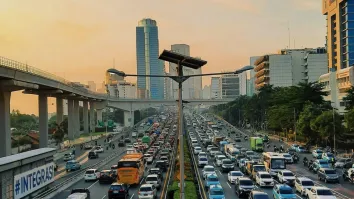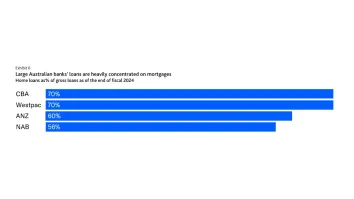
Why there's nothing to worry about Singapore banks' domestic nonperforming loans
It never exceeded 3% during crisis.
According to CIMB, during the Asian financial crisis, Singapore banks’ domestic NPLs did not exceed 3% while their Indonesian and Thai operations had NPLs above 14%.
During the global financial crisis, Singapore banks’ domestic NPLs fared even better, staying below 1.5%. Instead, it was investment securities NPLs and loans
to OECD countries that caused rising provisions.
Here's more from CIMB:
Domestic mortgages have not contributed significantly to NPLs in the last two decades and we believe that it will not be a big contributor this time either.
Banks’ property loan-to-value ratios (LTVs) are currently at 40-53%. Mortgage servicing ratios (MSRs) are around 25% at 1.5% mortgage rates. Even if mortgage rates are normalised to 3.5% as per MAS’s new regulations, we expect MSRs to be around 35%.
We believe SMEs are the most likely source of domestic NPLs though they have never been big-ticket. SMEs have been weighed down by high rental and labour costs, and could contribute to NPLs if their revenue slows.
As for provisioning, overall credit costs have been low over the past two years and banks have guided for normalisation at 30-40bp of loans. Singapore corporate gearing levels are currently around 30%, substantially lower than their levels during the Asian crisis.
We believe that Singapore corporates are not stretched and should not be severely affected by rising interest rates.



















 Advertise
Advertise










